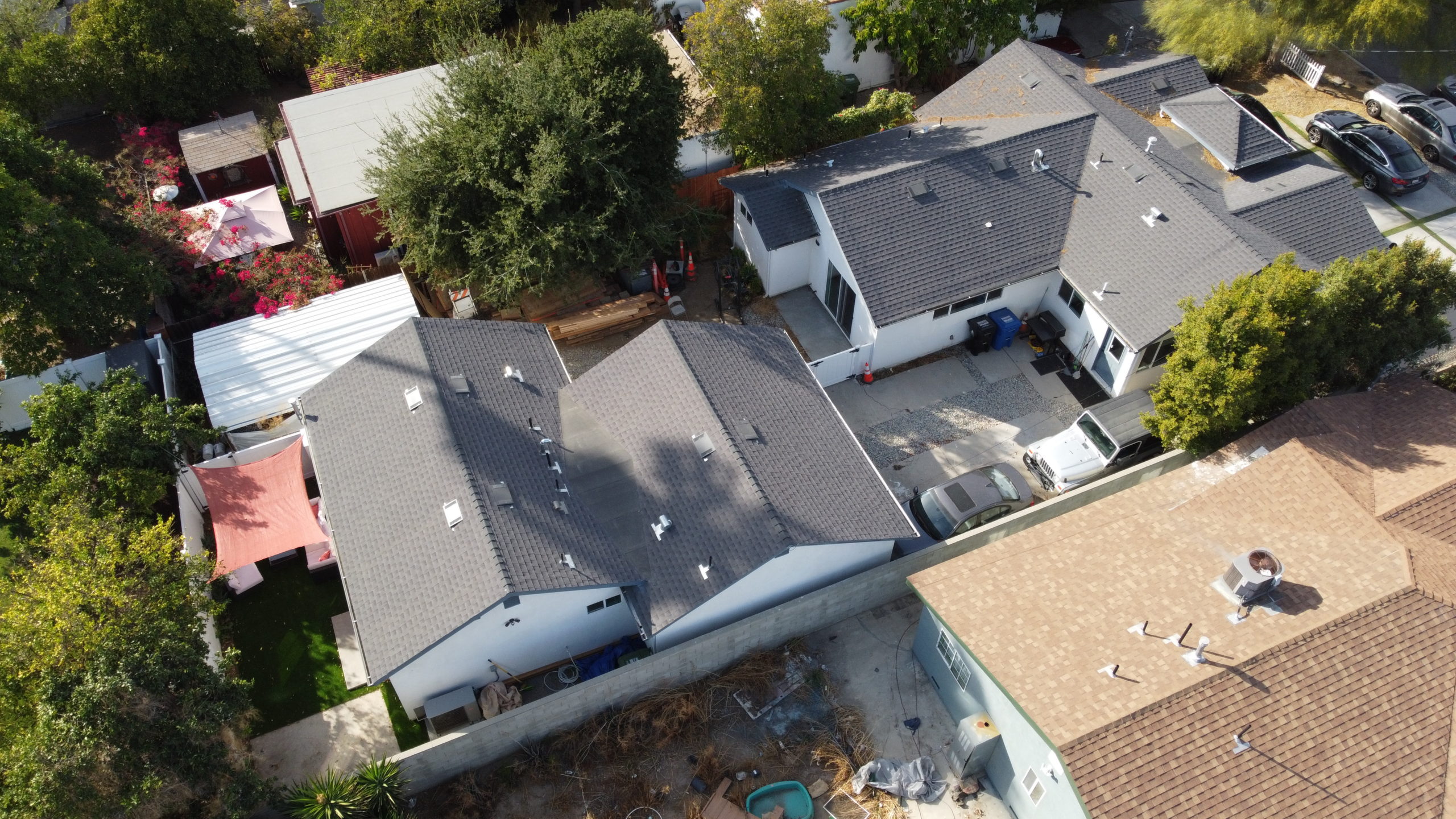
Many people are astonished at what it costs to build a granny flat in Los Angeles. We come across articles all the time that misconstrue the actual cost of construction. So, let’s clear up the discrepancies.
When you’re considering a granny flat (also called an Accessory Dwelling Unit or ADU), you need to think not only about the cost of design, permitting, and construction but also about your return on investment (ROI).
Understanding the different ADU types and steps to building an ADU can help you make a more informed decision.
ADUs are investment properties, so you need to think of them in terms of the income they will generate.
Granny flats are also more complicated than single-family homes, and ADU construction can run into problems that impact the budget—including difficult site access issues for deliveries, higher utility costs because of design challenges, increased permitting fees, and cost overruns on ADU construction.
ADUs are not free, quick cash that you can build without needing an exit strategy.
The most important thing you can do when planning your ADU project is to know what it’ll cost from the beginning—and plan for a reasonable rate of return on your investment.
In California, it’s proven to be outstanding for most homeowners.
Cost Per Square Foot Can Be Deceiving!
It’s tempting to look at average cost per square foot numbers online, but there are several reasons granny flats cost more per square foot than typical single-family homes.
What all this means is, yes, cost per square foot of a granny flat is most likely going to be higher than that of a single-family home. But you are packing a lot more value into a smaller space, so it makes sense that you may pay a little bit more from the get-go.
Size and Structural Form Impact the Cost of a Granny Flat
Here are some general rules of thumb to consider: